Pear variety November
Noyabrskaya is an early autumn pear of the selection of the Far Eastern Research Institute of Agriculture. Bred in 1950 through crossing the Ussuri Pear with the Winter Dekanka variety. Author: A.V. Bolonyaev. In 1958, the variety was submitted for State testing, and in 1974 it was zoned in the Far East region (Primorsky Territory). The most large-scale breeding of Noyabrskaya is carried out in the south of the Khabarovsk Territory and throughout the Primorsky Territory, where it is relatively winter-hardy. Only for planting it is necessary to choose areas on the hills. But on the other hand, in the coastal zone of the Primorsky Territory, the winter hardiness of this variety is at the same level, regardless of the relief shape of a particular area. Also, in stanza form, the variety can be found in personal and collective gardens of the Amur Region.
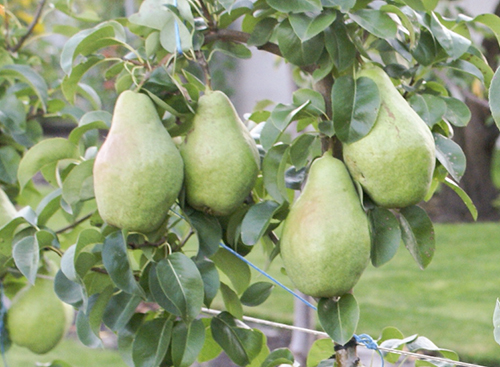
Trees are vigorous, the crown is characterized by a rounded pyramidal shape. Skeletal branches are well branched and extend at right angles from the trunk. Fruit formations are set on two- and three-year-old wood in the form of simple annelids and shortened twigs.
Slightly genital shoots, rather thick, greenish-burgundy color. The leaves are medium in size, round-elongated in shape, the edges of the leaves are almost whole or with finely serrated serration. The leaf blade is dense, not pubescent, its upper part is painted in a rich green color, the lower one is whitish-green.
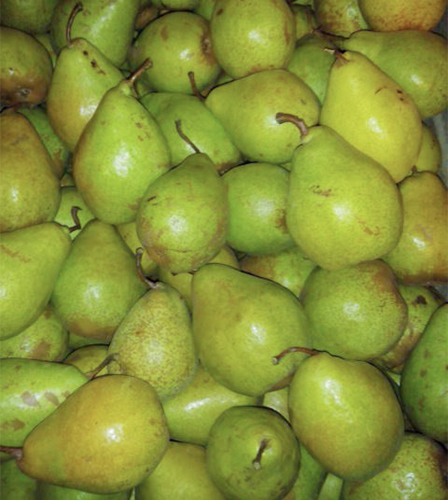
The November fruits are small in size (average weight 64 g, the maximum does not exceed 74 g), with slight unevenness, ovoid, ribbed; longitudinal deep grooves run along the surface of the skin; when dividing the fruit, several unequal lobules are formed. The lower base of the pear is uneven, dull in shape, looks like a cut. The upper base has a small depression, uneven, slightly beveled. According to the main color, the fruits are greenish-yellow, the integumentary color is a weak burgundy blush. Subcutaneous dots are small in size, light brown, and present in large numbers. The funnel is shallow, narrow in shape. Peduncles are of medium length, medium or thick in thickness, slightly curved, dark brown in color. The calyx is small, narrow in shape. Sepals are rare, narrow, directed to the sides.
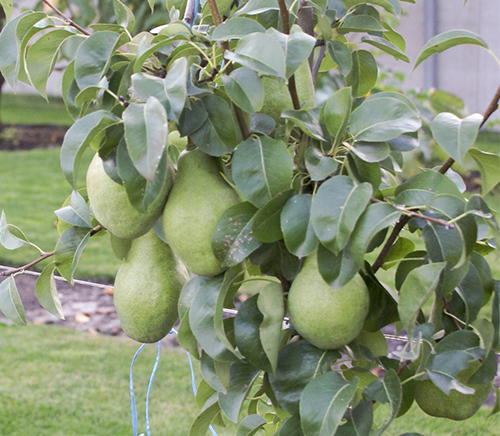
The pulp is white, slightly oily, juicy, very aromatic, with a pleasant sour-sweet taste. By chemical composition, the fruits contain: the sum of sugars (10.8%), titratable acids (0.9%), tannins (0.5%), pectin substances (0.4%). In terms of general taste, Noyabrskaya belongs to good table varieties. From pears of this variety, you can prepare compotes, jam, preserves and dried fruits.
The period of removable fruit ripeness falls at the end of September. The consumer period starts one month later. In cool conditions, pears remain fresh until the end of December. If the fruits are frozen, they will be stored throughout the winter, and after thawing, they will retain good taste for several days. The fruits are firmly held on the branches, even during monsoon rains, with strong gusts of wind, the fruits do not crumble.
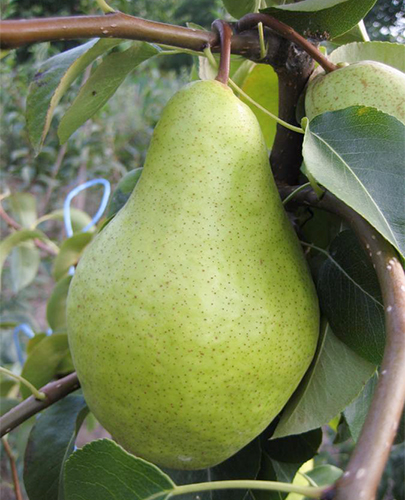
The variety is fast-growing, the trees begin to bear fruit at 3 - 4 years, mass fruiting occurs at 5 - 6 years. Bears fruit regularly and abundantly. In the gardens of the institute, the yield of 9-year-old trees was 54.8 c / ha, 10-year-old trees - 90.6 c / ha. Under the conditions of the Primorsky Territory, the yield index of 8 - 12-year-old plantations reached from 64 to 176 c / ha, the maximum yield was 212 c / ha.
The variety is resistant to scab and other fungal diseases.
The main advantages of Noyabrskaya include: regular fruiting, relatively high winter hardiness and burn resistance in trees, non-shedding of fruits even in extreme conditions, a very good taste of fruits for the local assortment and the possibility of their long-term storage.
The main disadvantage of this pear is the small size of the fruit with an unattractive appearance.
Noyabrskaya is often used in breeding work when crossing with the so-called "lukashovka".
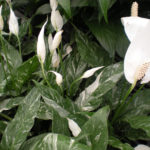
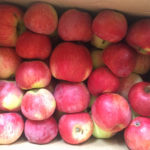

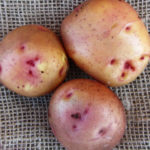

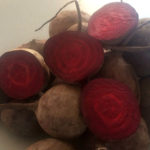



Why are the fruits small in your description - in other descriptions they are large and one of the largest. In the video presented here, they are also very large. Specify!
Description of the variety "Noyabrskaya". In the photo - "November winter".